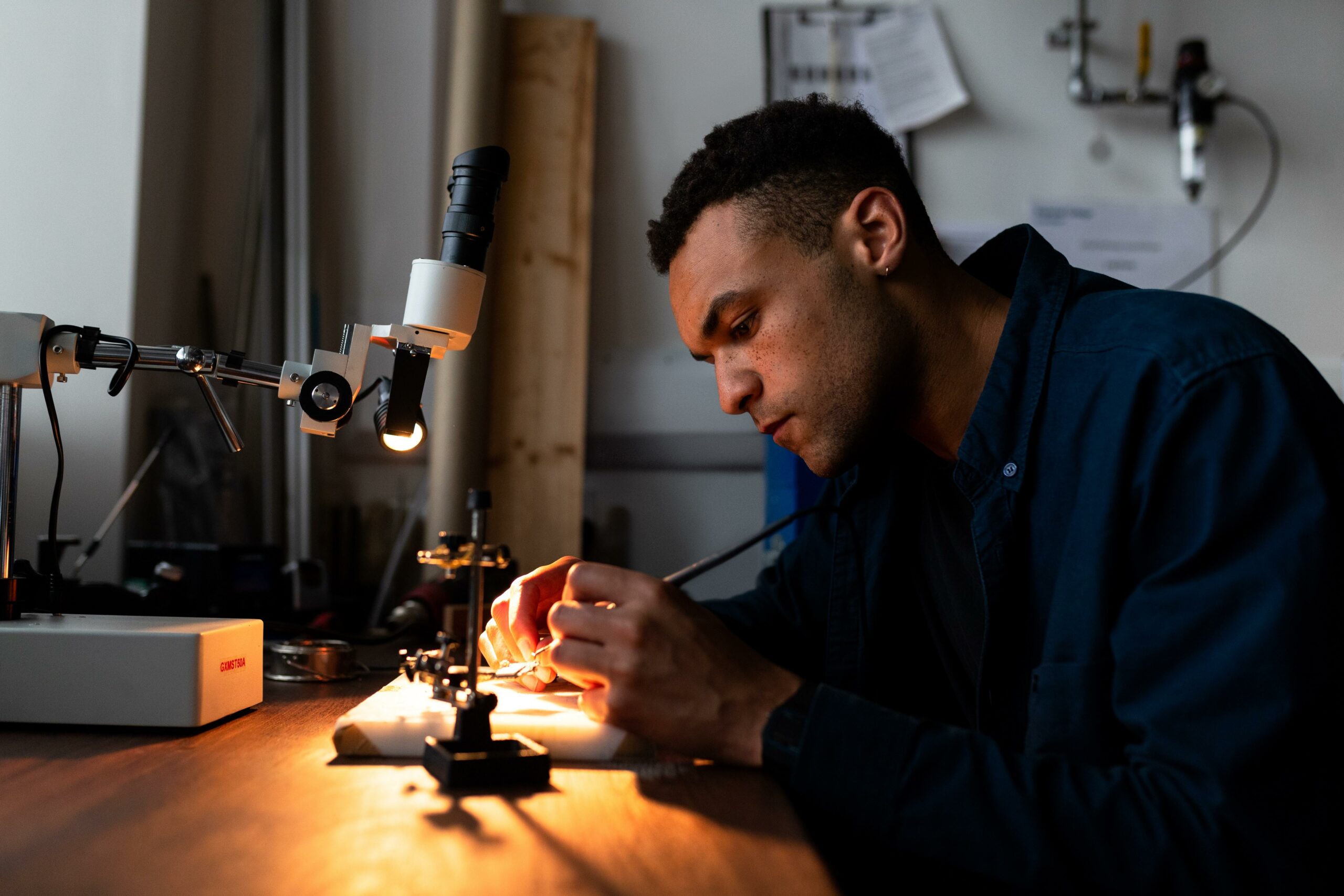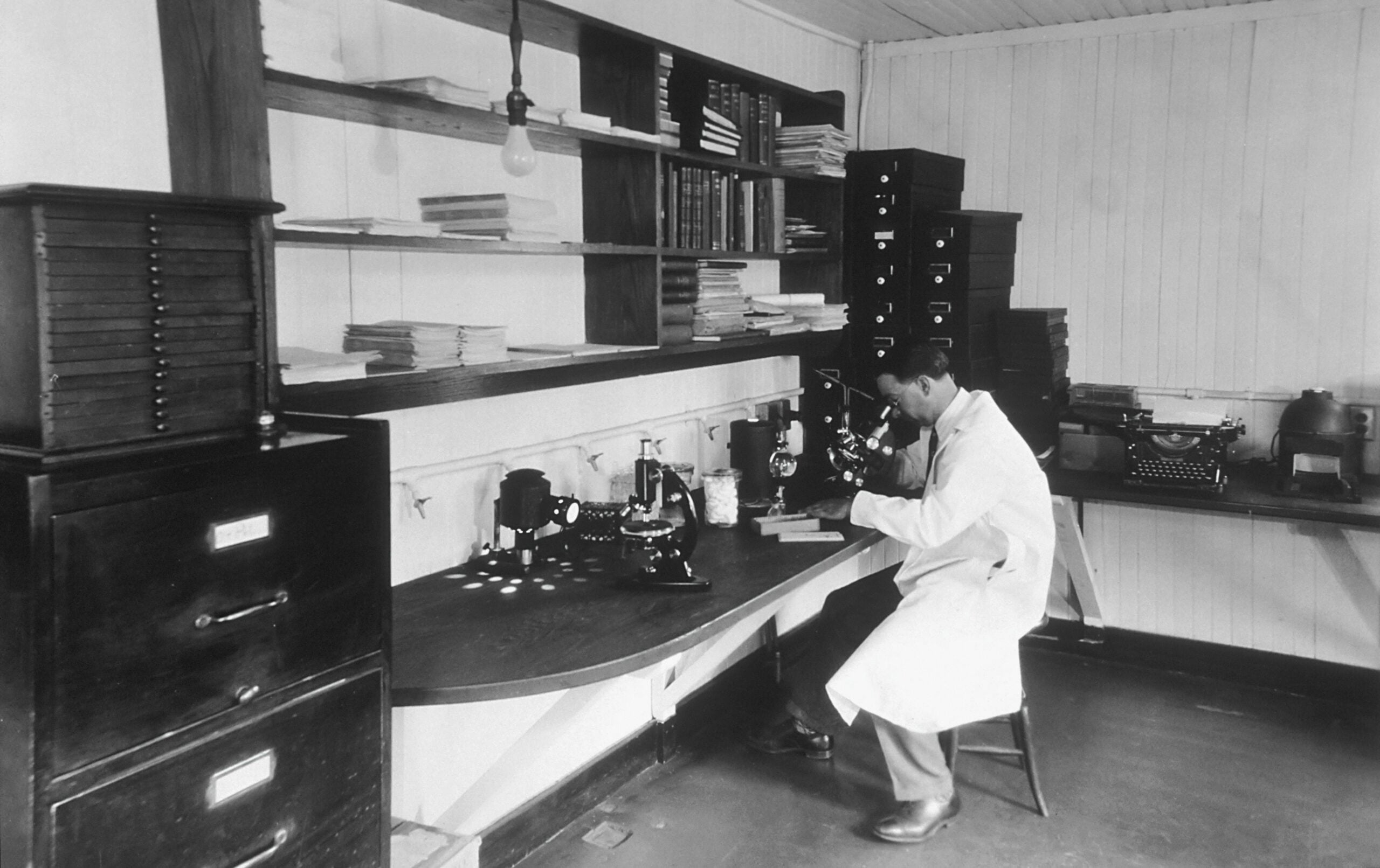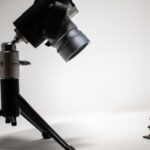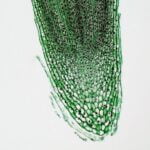Are you ready to dive into the captivating world of microscopes? Prepare to be amazed as we uncover seven intriguing facts about these powerful tools of scientific discovery. As a seasoned science writer with a passion for unraveling complex concepts, my goal is to present you with an article that will leave you awe-inspired by the wonders of microscopy. From their historical significance to the latest technological advancements, join me on this journey as we explore the fascinating realm of microscopes.

Facts about Microscopes: Unlocking the Secrets of the Tiny Universe
Microscopes have revolutionized our understanding of the world by allowing us to peer into the intricate and awe-inspiring realm of the microscopic. In this article, we will delve into the fascinating world of microscopes and uncover seven intriguing facts that will amaze you. So, let’s journey together and uncover the hidden secrets of this remarkable scientific tool.
1. The “Flea Glass” that Gave Birth to Microscopy
The advent of the microscope can be traced back to the 16th century when the Dutch father-son duo, Zacharias Janssen and Hans Janssen, invented the first microscope. It was named the “Flea Glass” due to its primary use in studying insects. This humble beginning paved the way for a whole new era of scientific exploration.
2. A Tribute to Galileo’s Brilliance
The term “microscope” stems from a combination of two Greek words: “micros” meaning “small” and “skopein” meaning “to see.” Interestingly, this name was chosen as a tribute to the renowned scientist Galileo Galilei, who enhanced the design of the simple microscope. His brilliant contributions paved the path for the future of microscopic discoveries.
3. Robert Hooke and the Magnificent Cells
In 1665, the first-ever discovery of cells with a microscope was made by the English scientist Robert Hooke. He examined a thin slice of cork and noticed a honeycomb-like structure comprising tiny compartments, which he called “cells.” This groundbreaking revelation set the stage for the field of cell biology and forever changed our understanding of life.
“Through the lens of the microscope, a hidden world of cells and their intricate beauty was unveiled, forever transforming our perception of life.”
4. Magnifying Power of Ancient Lenses
The early microscopes were equipped with single lenses that could magnify objects up to 270 times their original size. Despite their limitations compared to modern microscopes, these pioneering lenses allowed researchers to explore the wonders of the microscopic world and lay the foundation for future optical marvels.
5. Kepler and Galileo: Pioneers of the Classroom Microscope
Johannes Kepler and Galileo Galilei, renowned scientists of the Renaissance period, collaborated to create the first-ever classroom microscope. This invention revolutionized education by enabling students to explore the microscopic world and witness firsthand the wonders only visible through the lens of a microscope.
6. Koch’s Microscopes: Conquering Tuberculosis
German physician and microbiologist Robert Koch devised specialized microscopes that played a pivotal role in the discovery of the bacteria causing tuberculosis. These groundbreaking advancements provided crucial insights into the understanding and treatment of this deadly disease, saving countless lives.
7. Micrographia: Hooke’s Artistic Journey
In 1665, Robert Hooke published the first-ever book with hand-drawn micrographs titled “Micrographia.” This masterpiece showcased his intricate illustrations of tiny structures, including insects, plants, and even the eyes of a fly. Hooke’s remarkable work not only captivated readers but also fostered a deeper appreciation for the beauty and complexity of the microscopic world.
“Hooke’s artistic prowess merged with his scientific curiosity, giving birth to Micrographia—an extraordinary marriage of art and science.”
The Unseen Realm: The Power of Electron Microscopes
While light microscopes have their limitations in visual clarity, electron microscopes have revolutionized the world of microscopy by producing highly detailed images with remarkable resolution. By using a beam of electrons instead of light, electron microscopes have enabled scientists to explore the finest details of cells, viruses, and even nanoparticles.
“With the electron microscope as their tool, scientists have unveiled a hidden realm beyond the reach of our naked eyes, offering us a glimpse into the mesmerizing complexity of the microscopic world.”
In conclusion, microscopes have played an indispensable role in advancing scientific knowledge and unlocking the secrets of our world. From the humble beginnings of the “Flea Glass” to the powerful electron microscopes of today, these remarkable instruments have shaped our understanding of biology, medicine, and countless other fields. The captivating world of microscopes continues to expand, revealing an ever-growing array of mysteries waiting to be unraveled by bold explorers armed with these marvelous tools.
“Every time we peer through the lens of a microscope, we embark on a breathtaking journey of discovery—a journey that forever changes our perception of the world around us.”
The compound microscope is a fascinating piece of equipment that allows us to explore the microscopic world in amazing detail. If you’re curious about the history, functionality, and potential applications of these powerful tools, then you’ll definitely want to check out our comprehensive guide on facts about the compound microscope. From learning about its invention to understanding how it works, this article covers it all. So, why wait? Click here to uncover the amazing world of the compound microscope: facts about the compound microscope.
FAQ
Question 1
What is the historical significance of microscopes?
Answer 1
Microscopes have a rich history, starting with the invention of the “Flea Glass” by Zacharias Janssen and Hans Janssen. Galileo Galilei later improved the design and the term “microscope” was coined in his honor. The first cell discovery was made by Robert Hooke in 1665, and the first hand-drawn micrograph was published in the book Micrographia by Robert Hooke.
Question 2
How much magnification could the first single lens microscopes achieve?
Answer 2
The first single lens microscopes were capable of magnifying up to 270 times, allowing for detailed examination of microscopic specimens.
Question 3
Who invented the first classroom microscope?
Answer 3
The first classroom microscope was invented by Johannes Kepler and Galileo Galilei, enabling students to explore the microscopic world.
Question 4
What important discovery was made using Koch’s microscopes?
Answer 4
Koch’s microscopes played a vital role in the discovery of tuberculosis bacteria, contributing to our understanding of the disease and its treatment.
Question 5
How do electron microscopes compare to light microscopes in terms of image resolution?
Answer 5
Electron microscopes produce higher image resolution than light microscopes, allowing for more detailed visualization of microscopic structures.
“`json
“`
- Unlock 6000+ words beginning with he: A comprehensive analysis - April 20, 2025
- Mastering -al Words: A Complete Guide - April 20, 2025
- Master Scrabble: High-Scoring BAR Words Now - April 20, 2025
















